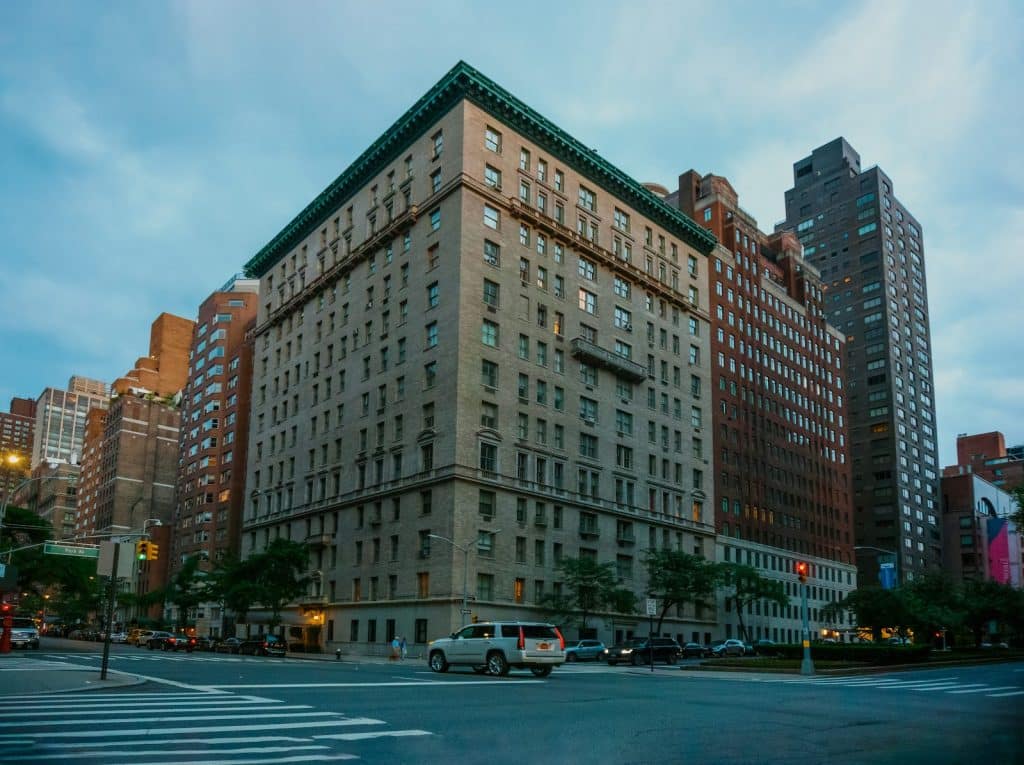1. Why the Paperwork Matters More Than the Paint
Redoing a kitchen or lifting a sagging porch beam still ends with sawdust underfoot, but it begins online. Since mid-2024, nearly every substantial home renovation—anything that touches structure, energy, plumbing, or electrical—must be filed through a digital portal. In New York City that means DOB NOW, now tied to the city-wide NYC.ID sign-in. Upstate cities from Syracuse to Buffalo run sister e-permit systems; smaller towns lean on a shared state interface run by the Department of State. The software checks for missing smoke-alarm notes or outdated engineer stamps before a human ever looks at the file, cutting what used to be weeks of back-and-forth to days.
2. The 2025 Rulebook—What’s New This Year?
Tighter energy envelope. The latest New York State Energy Conservation Construction Code, live since March, hardens the blower-door test requirement (max 2.5 ACH50 for most homes) and boosts roof-and-wall R-values. Skip these specs and you’ll have to hire a third-party consultant to prove equivalency—an invoice no one enjoys.
Worker Wallet credential. By July 1, 2025, every person setting foot on a New York City jobsite—from day-rate tilers to licensed plumbers—must carry the new Worker Wallet Card in addition to existing SST IDs. No card, no entry, and your project stalls.
Spray-foam attics finally legal statewide. A 2024 bill amended the residential code to allow unvented, spray-foam–sealed rafters, provided you meet the tougher air-tightness metric. That’s a gift to owners of quirky 19th-century roofs long plagued by ice dams.
Inflation Reduction Act rebates up front. New York was first to launch the federal Home Energy Rebates program, dangling up to $14,000 for heat pumps, breaker-panel upgrades, and insulation. Critically, you must file before demolition starts; retroactive checks are off the table.
3. How Long Will It All Take?
A typical “gut-with-no-addition” in the suburbs runs like this:
| Phase | Timeframe |
|---|---|
| Schematics & owner sign-off | 4 – 6 weeks |
| Permit review (clean file) | 6 – 10 weeks upstate; 8 – 12 weeks in NYC |
| Construction | 4 – 6 months |
| Final inspection & certificate of occupancy | 2 – 4 weeks |
Factor in structural steel, landmark districts, septic work, or utility panel upgrades and the calendar can double. Start lining up electricians early; Con Edison and National Grid are booking transformer upgrades six to nine months out.
4. Choosing an Architect Who Won’t Slow You Down
Speed today is less about burning the midnight oil than mastering collaborative tech. When you interview firms, skip the mood boards and ask:
- What’s your DOB rejection rate? Anything under two rounds of comments signals code fluency.
- Which modeling platform do you use? Teams working inside a cloud-based floor plan creator can shift a window three inches and watch the energy model, material take-off, and permits update before your Zoom call ends.
- Will you share live files weekly? Transparency heads off budget creep early.
Upstate, many architects also serve as construction managers—a single-contract model that can shave a full month of coordination time.
5. Getting Bids Without Feeling the Noose Tighten
The worst words in renovation English are “We’ll ballpark it and firm up later.” Pay instead for a conceptual estimate tied to a 30 percent drawing set—usually $1,500 to $3,000 for a single-family house. Insist that labor and materials appear as separate line items; New York contract law bars hidden “cost-plus” mark-ups without a signed change order.
To stand out as a client worth courting, attach a character reference letter from a past contractor confirming you paid on time and made decisions promptly. Good builders read those testimonies the way lenders read credit scores.
6. Red-Tape Survival Tips
- Book a pre-application consult. Most counties now offer 15-minute Zoom slots with plan examiners. Ten minutes can save four weeks of corrections.
- E-sign everything. The state accepts DocuSign for engineer and owner stamps; keep a shared cloud folder so your architect can drag files into the permit portal on deadline day.
- Calendar your special inspections. Energy code tweaks add blower-door tests and infrared scans before drywall. Miss them and the wall has to come back down.
- Photograph as-built conditions. Upload geo-tagged photos to the state system within ten days of your final inspection; NYSERDA won’t release rebate funds until the record shows “Complete.”
7. How to Know You’re Working With the Right Team
- They educate, not just execute. A solid architect explains why swapping a gas range for induction might spare you another permit cycle in 2027.
- They play nice with regulators. Ask how many projects they’ve shepherded through your municipality in the past two years. Local familiarity can mean the difference between a single comment letter and a saga.
- They bring cost options in threes. Good pros suggest A-B-C material choices so your tile crew keeps going even if the premium porcelain is stuck at the Port of Newark.
8. Resources at a Glance
- State permitting: Department of State Building Standards & Codes FAQ (dos.ny.gov)
- NYC filings: DOB NOW + NYC.ID info hub (nyc.gov/buildings)
- IRA rebates: NYSERDA Home Energy page (nyserda.ny.gov)
- Worker Wallet details: DOB Service Notice (nyc.gov/buildings)
- Contractor license lookup: DCWP Home Improvement License Checker (nyc.gov/dca)
9. The Big Picture
Yes, renovating in New York still requires patience. But 2025’s mix of digital portals, clearer energy rules, and up-front rebates means the path is finally predictable—if you prepare. Pick an architect fluent in rapid-fire modeling and code nuance, demand bids that bare every line item, and log into the permit system long before the first sledgehammer swing. Do that, and when the inspector hands over your certificate of occupancy, you’ll know the hardest part of the project—the bureaucracy—was already behind you.

